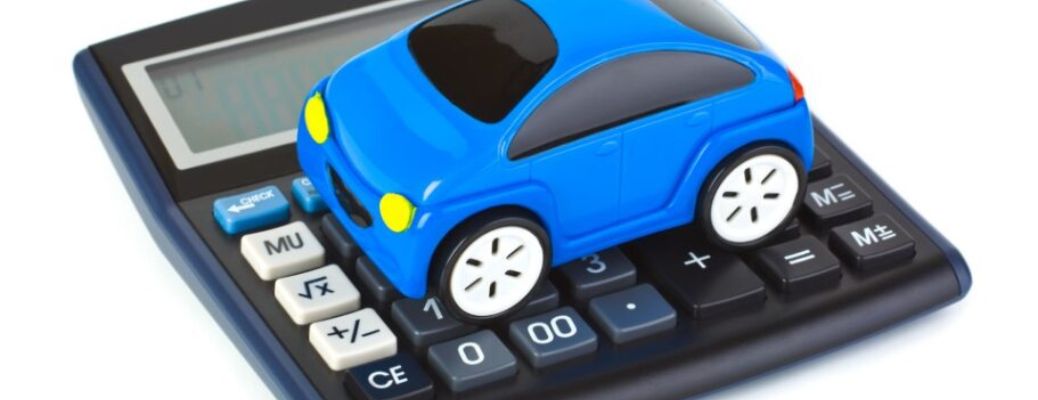It can be intimidating going into a car dealership. There’s a lot of pressure sometimes and it can feel like the salesperson knows a lot more than you do. Even with some research in hand, it can feel overwhelming when it comes time to talk price.


It can be intimidating going into a car dealership. There’s a lot of pressure sometimes and it can feel like the salesperson knows a lot more than you do. Even with some research in hand, it can feel overwhelming when it comes time to talk price.

It can feel like cars are more trouble than they’re worth sometimes. They cost a lot of money and don’t really get any cheaper as time goes on. In fact, most cars tend to get more expensive as repairs start to stack up. You can do a little bit to combat all those repairs though.

Buying a car is a hassle enough already, the process doesn’t need to be any harder. It is harder, though, when it comes to buying a used car. A car with history can either be good or bad, so it’s important to know as much as you can about the car beforehand.

Car buying is a complicated process that takes a good amount of preparation. Not many people just stroll onto a car lot without doing some research, you want to look into things beforehand and make sure you have enough info. All of that prep work is even more important when you have bad or little credit.

Buying used cars can be daunting with everything that can be wrong with used cars. Some shady dealerships might try to shift a bad car onto you just to get it off their lot while others might just not tell you about some problems the car has. There is a lot of preemptive research you need to do just on the brand of the car itself, then you need to hope the specific car you’re getting isn’t in too rough of shape.

You’ve had your car for the better part of a decade, it’s served you well. You probably have a lot of good memories with that car, but like all good things, it eventually must end. Maybe it’s having a few mechanical problems or it might just be time to update things a little bit.

You want to make sure you’re getting the most out of everything on your car especially with the winter season only a few months away. It can be an especially hard time on cars and if everything on your vehicle isn’t up to it that can make things rough. Slick roads and lots of salt can slowly add up to do a lot of harm to your car, so it’s important to have everything ready before that first flake hits.

Sometimes you need to make an upgrade to your car, but before you can there’s still that old car of yours. The easiest option is to just trade it in whenever you go to buy your new one, but you might want to slow down just a bit. There’s a bit more to it than just saying OK and trading your car in for another.

One of the most difficult parts of automotive research is that nothing stays the same. We don’t just mean that buying last year’s model means that you won’t have the latest and greatest stereo system. A specific model that is highly rated today could prove to be rated poorly if you look at an older model year. It helps to know what the top used cars are in 2018 so you can get an idea of what past vehicles are still holding up to their reputation even after they’ve already been on the road and tested for a few years. They say only time will tell, and it seems these vehicles are living up to the test of time. Read the rest of this entry

You’ll never know the convenience of a rear windshield wiper until you have one. It can be a real hazard when that back window gets covered in much and you can’t just pull over and wipe it down yourself. As you know from your front windshield, it helps to have window cleaner to wipe off grime. For this reason, you might be wondering how to refill your rear windshield washer fluid. Fortunately, it’s not hard. Why? Because there isn’t a separate reservoir. Read the rest of this entry